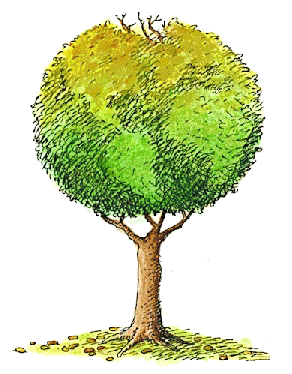|
Paithani is one and only heritage textile being woven as it was
weaved some five thousand years ago. The loom itself is mere
wooden structure to hold raw silk fibers and woven fabric.
The unevenness of texture, slight color/reflection
variations and lines or waves are inherent parts of textile
that is woven by hands using natural raw silk and dyes. The
beauty is in the structure that is created by artisans using
fingers.
Such appearance is identity of a woven fabric and should not be
interpreted as defect. While Touch of Class carries several
checks and quality tests on raw material to minimize even
smallest variations, it is impossible to
physically inspect over 4800 warp threads and multiple weft
in each saree.
We guarantee each and every Paithani we make and ensure that it is
free from any defect that is not resulted from above.
Doís and
Doníts:
∑
Use your paithani more
often. Just like any natural material, it needs to adopt
changes in weather and environment.
∑
Donít apply deodorant,
perfume or any chemical directly on Paithani.
∑
Avoid rainy season or
direct contact with water. If you get stain donít try to
clean at home. You may damage it further.
∑
Paithani is the result of
many laborers and artisansí hard work from growing silk
worms to finished fabric, love it and it will bring joy to
you. Beyond fabric it showers you with blessings from each
individual that make it happen.
Storage:
∑
After every use [or if not
in use, every 3 months], spread your paithani in dry place
and let it breath for a day.
∑
Avoid direct sunlight for
prolonged period but let it get enough sunlight during
above.
∑
Change folds and keep in
muslin bag or cloth.
∑
Preferred storage place is
wooden chest or cabinet. Avoid steel or plywood cabinets as
they do not offer natural environment and air circulation.
∑
Never use Naphthalene
Balls. Use cloves instead. Just drop few cloves in cabinet
and that will keep insects away.
∑
Do not use hangers. Just
put it in shelf.
∑
Do not put in plastic
bags/containers or cardboard boxes.
Ironing:
∑
Use dry iron (or completely
drain water from steam iron) with settings on Silk.
∑
Always iron from back side.
Move slowly around fabric.
∑
If folds are sharp, use
small cotton fabric between iron and silk and use little
higher temperature.
∑
Never place iron at one
place, keep moving around to avoid damage.
∑
Jari area can be similarly
ironed. Since Touch of Class used Silk base Jari, it is be
free from shrinkage and twisting.
∑
You may send paithani to
expert Dry-Cleaners for Roll-Press but make sure they know
the delicateness and value of it.
Damage:
∑
In case of any damage, tearing
or stain, consult us or any expert available near you. Do
not opt for home remedy unless you get opinion from them.

Go GREEN: PRINT ONLY IF YOU NEED TO : (
Get
Printable
Version Here
)
This compilation is
applicable to all hand woven textiles made from Natural
fibers. For cotton material, ironing can be done at desired
settings. Follow individual instructions to ensure optimum
results. |